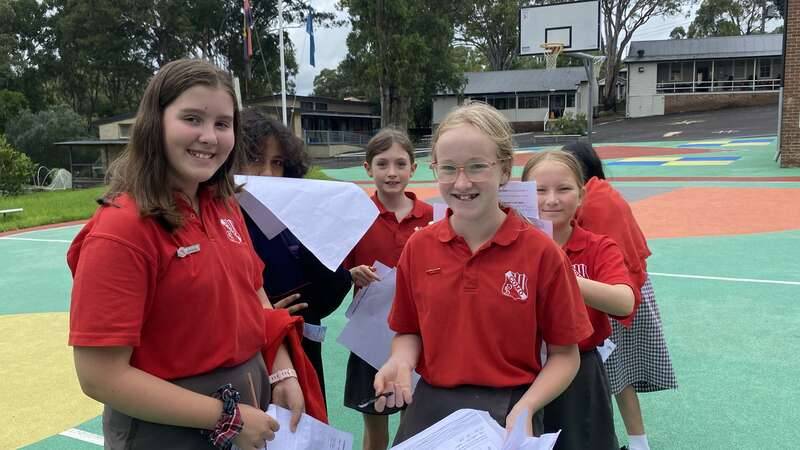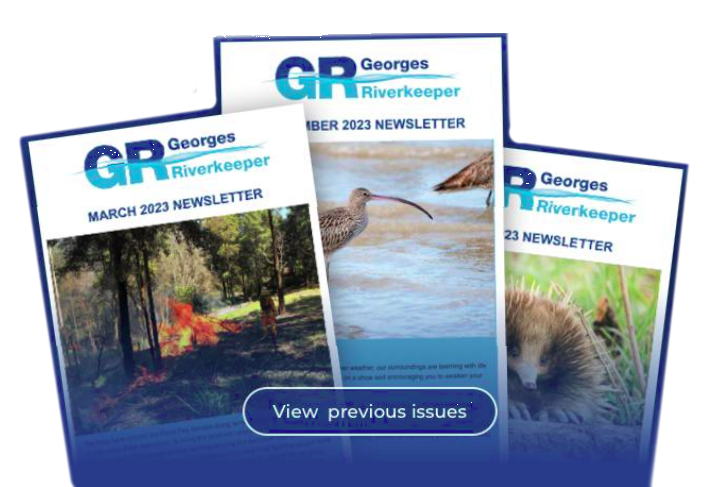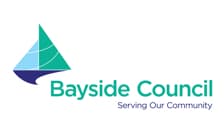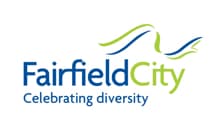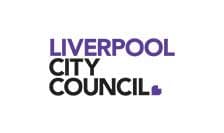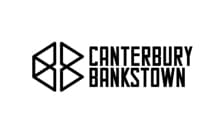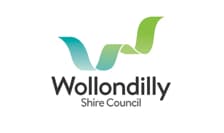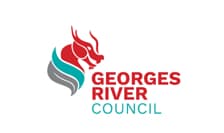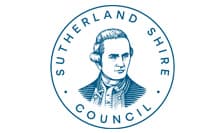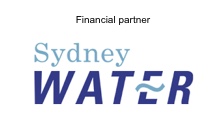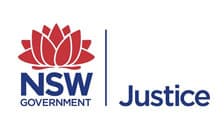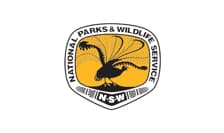Zero Litter In Georges River
The Zero Litter in Georges River schools and community education part of the project aims to reduce litter flowing into the Georges River via stormwater.
The project's campaign features local primary school students who share what they have learnt about the river and the pollution problem during curriculum-aligned lessons developed by Georges River Environmental Education Centre for Georges Riverkeeper. The messages from the students in the campaign videos are powerful calls to action for their communities.
Students also helped create artworks, which, with our member Councils' support, are being painted on local footpaths near stormwater drains by professional artist BornReadyArt.
There’s a surprise in store for people who scan the QR code next to the art: the innovative use of Augmented Reality technology allows passers-by to interact with a virtual long-neck turtle called ‘Zero’, one of the native animals found in the river that is threatened by pollution.
The project received grant funding from the Australian Government. Look at zerolitter.georgesriver.org.au
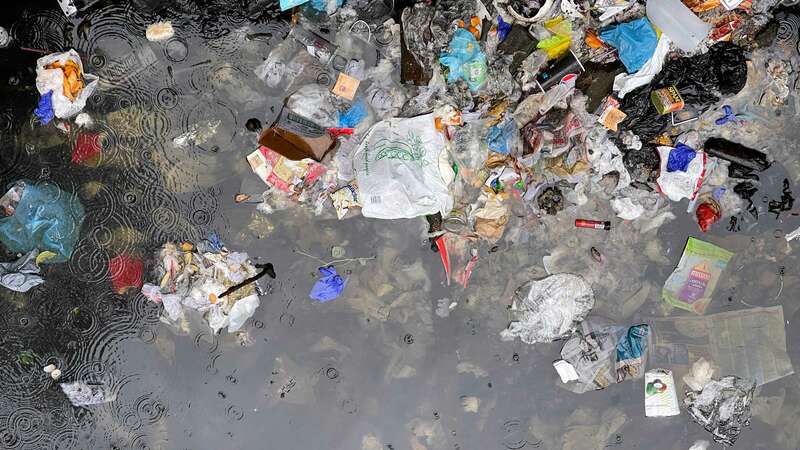
Project overview
It’s estimated that 95% of the pollution in the Georges River is a result of stormwater runoff.
Stormwater pollution include oils, detergents and tyre residue that runs off roads, fertilisers, pesticides and lawn clippings that run off gardens, sediment or soil from construction sites, pet waste, chemicals, paints and oils that are carelessly disposed of and end up in outdoor drains, as well as gross pollutants from litter.
Pollution in the river is like a poison, causing harm to the plants, animals and river health, and threatening human health, safety and wellbeing.
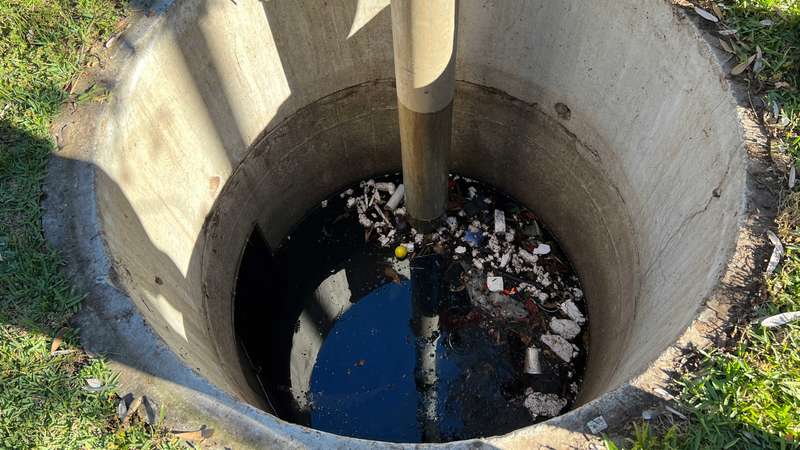
Gross Pollutant Traps (GPTs) are one of the current ‘end of line’ solutions to help stop waste from entering waterways.
But they are not perfect; they are expensive to construct and maintain, can’t be placed over every stormwater outlet, get full quickly, are often overwhelmed in times of high and fast stormwater flow, and may impact stream flow and sedimentation.
The Zero Litter to the Georges River project has several components that are being undertaken in partnership with a number of Georges Riverkeeper’s Member Councils, up to the project’s completion in October 2023.
Campbelltown City Council, City of Canterbury Bankstown, Fairfield City Council and Georges River Council have undertaken priority projects to upgrade crucial stormwater management infrastructure and improve the performance of, or replace, problem GPTs at critical sites.
Liverpool City Council has conducted a GPT audit of over 75 devices, to gain more information about their GPTs so they can operate better and be maintained more appropriately.
Sutherland Shire Council led the research component of this project by looking at the performance of existing GPTs, the feasibility of installing new GPTs, and, in consultation with Optimal Stormwater, a best-practice guide for Councils to use.
Read more about the development of these Council projects here.
Georges Riverkeeper took the project to several schools across the Georges River catchment to teach students about litter, GPTs and stormwater. The students conducted stormwater investigations and helped develop a campaign about the problem by creating drain art to be installed in the community as well as starring in videos for their local communities.
Zero Litter in Georges River - schools and community education
Want to know more about what a gross problem litter is? Want to see which schools are the local litter heroes in your community? Want to take a look at, or use in your school, the free education resources we developed? Take a look at our exciting project website!
This project received grant funding from the Australian Government.


